50 Years FAPESP | May 2012
Sem categoria
Permitted Violence
The authoritarian bias of the Brazilian mindset is one of the concerns of the USP Center for the Study of Violence
By Marili RibeiroIntroduction
Fifty Years of FAPESP and the Development of Science in São Paulo
By Carlos Henrique de Brito Cruz, Diretor Científico da FAPESPEnvironment

A theory endures
A lizard from the Amazon region studied by Vanzolini reinforces a German geologist’s position on forest refuges
By Eduardo GeraqueEvolution

The Brazilian Galapagos
Lizards from the sand dunes of the São Francisco River – some resembling snakes – express their own evolutionary histories
By Carlos FioravantiEvolutionary biology

The pioneers of South America
Skunks and other Brazilian marsupials came before Australian kangaroos on the evolutionary scale
By Francisco BicudoEcology

Faithful gardeners
Ants help seeds to germinate in the Atlantic Forest and cerrado regions
By pedromoraesBrazilian birds
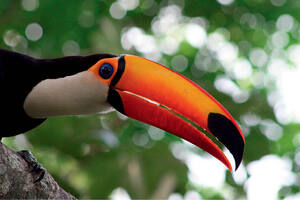
Natural radiator
The toucan’s beak, nearly the size of its entire body, is an efficient heat sink
By Francisco BicudoBiodiversity
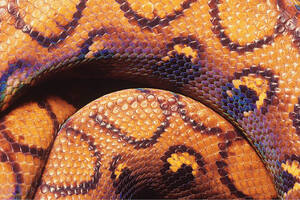
São Paulo in the Amazon region
Teams from São Paulo and Pará collaborate to prepare new researchers and studies on the poisonous species of the north
By Marili RibeiroClimate Change

In a Climate of Mobilization
Researchers from various disciplines, from the natural sciences to the humanities, are joining together to advance knowledge of global change
By Fabrício MarquesPierre Auger Observatory

Cosmic Rays, Still an Enigma
Analysis of the origin and identity of highest-energy particles moves forward and poses further difficult questions
By Carlos FioravantiNanoscience

Atomic jewelry
A handful of gold and silver particles can form intriguing nanometric jewels
By Igor ZolnerkevicGeology

Birth of a Continent
Pioneering laboratory helps reconstruct the geological history of South America by determining the age of rocks
By Igor ZolnerkevicXylella fastidiosa
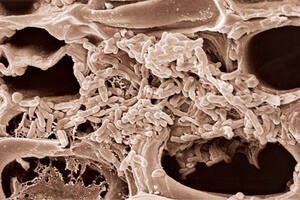
Tropical statement
Brazil's pioneering foray into genomics unveiled its capacity for scientific production and is generating knowledge to this day
By Mariluce MouraPlant genetics

Mapping sugarcanes
The Genome Project paved the way for the development of new varieties of the plant
By Fabrício MarquesTropical diseases

The battle against a worm
Genes identified by a method created in Brazil are promising targets for new drugs against schistosomiasis
By Salvador NogueiraDNA Repair

Subtle damage from the sun
Sensor detects gene lesions caused by solar radiation
By Carlos FioravantiStructural biology
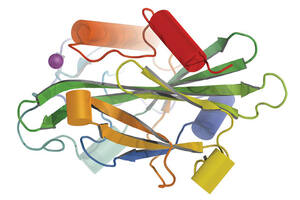
To understand proteins
Network brought together 20 groups that defined the structure and function of 200 molecules that are essential to organisms
By RedaçãoStructural biology
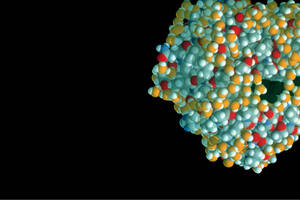
The essence of molecules
Crystallography facilitates drug development
By Eduardo GeraqueNeurodegenerative diseases

Gatekeeper to the cells
Cellular prion protein, the healthy version of the molecule that causes mad cow disease, controls the entry of chemical commands into neurons
By Ricardo ZorzettoHuman genetics

The dystrophy center
Research group in São Paulo identifies new genes and new forms of neuromuscular disease in Brazil
By Marcos PivettaBreast cancer
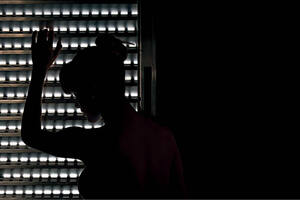
Unexpected supporting actors
Normal cells like fibroblasts can facilitate tumor growth and hamper treatment
By Carlos Fioravanti and Salvador NogueiraSociology
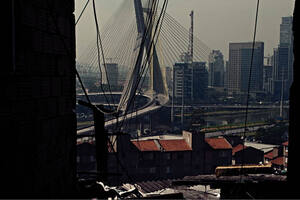
A metropolitan area undergoes a real transformation
The Center for Metropolitan Studies discovers the many faces of São Paulo
By Carlos HaagThe Dynamics of the economy
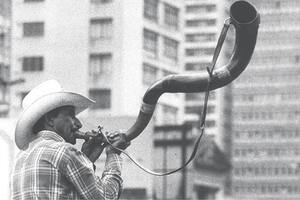
There is more to rural Brazil than just agriculture
The Rurbano Project shows that following the model of developed societies, Brazil is reducing the historical gap between the countryside and cities
By Claudia IziqueSugarcane Women

Rebuilding the Past
Memories of tenant farmers shed light on the final days of the sugar plantation settlements
By Claudia IziqueHuman Rights

Permitted Violence
The authoritarian bias of the Brazilian mindset is one of the concerns of the USP Center for the Study of Violence
By Marili RibeiroInternational Relations

For a More Effective Agenda
Analyses of US policies regarding South America show that they are more reactive than proactive
By Claudia IziquePolitical Science

Presidential Government Makes its Move
The legislative power of the executive branch serves to assuage the image of a government marked by clientelism and corruption
By Claudia IziqueNational Defense

Autonomy without Discussion
The legislature’s involvement in the future of the Armed Forces is still marginal
By Carlos HaagEvolution

Luzia’s America
Excavations at Lagoa Santa reinforce an alternative theory of the peopling of the continent
By Marcos Pivettaanthropology

The Invention of Brasilian Indians
An analysis of the ethnographies produced by Salesian missionaries dismantles the notion of anthropologists as translators
By Carlos Haag and Mariluce MouraHistory of Science

On the shoulders of magic giants
The process of transforming alchemy into chemistry was longer and smoother than is commonly thought
By Carlos HaagLiterature

Brazil seen from the farm
Studies about Monteiro Lobato reintroduce the complexity of the writer in all his contradictions
By Carlos HaagMolecular Biology

A promising forecast
Researchers count on the development of an effective Brazilian drug to combat Chagas disease in the medium term
By Eduardo GeraqueCardiovascular Diseases

Dancing genes
Incor teams reduce from 2,000 to 80 the number of DNA fragments capable of explaining the origin of hypertension.
By Mariluce Moura and Ricardo ZorzettoBody defenses

When the body destroys itself
We now have a better understanding of the molecular mechanisms of sepsis, a deadly inflammatory reaction caused by the immune system
By Salvador NogueiraSugar metabolism

The mystery behind diabetes
Over the course of twenty years, project unravels the link between diet and insulin resistance in the body
By pedromoraesMental Illnesses
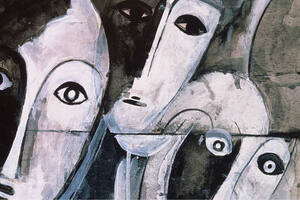
Cellular disharmony
More than 300 genetic and functional alterations are now associated with schizophrenia
By Ricardo Zorzettobioenergy

From the genome to the factory
The Bioen Program helps to promote knowledge about sugarcane and biofuels
By Fabrício MarquesThe aircraft industry

In Search of Safety and Comfort
Universities and Embraer are creating a knowledge base to improve commercial and military aircraft
By Claudia IziqueBiopolymer

Useful and non-polluting
Plastic made from sugarcane breaks down in the environment in one year, thanks to the action of the bacteria used in its production
By Evanildo da SilveiraSEMICONDUCTORS

The memory of the future
Very thin layers of ferroelectric film may replace ferromagnetic films in computers
By Yuri VasconcelosNEW MATERIALS

Fragility Overcome
Using controlled crystallization, a team from the city of São Carlos develops glass-ceramics for telescopes, computers and ear bones.
By Yuri VasconcelosNew materials

Versatile Diamonds
Synthetic diamonds are used in dental drills, drilling for offshore oil and as a bactericide
By Dinorah ErenoNaval engineering
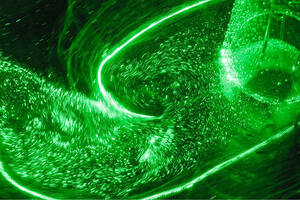
Deep-water challenges
Studies of platform and pipe dynamics facilitate advances in oil exploration on the high seas
By Igor ZolnerkevicPetroleum Industry

Refined Methods
Program that can process data in sequence using several computers helps improve refinery production
By Evanildo da SilveiraInformation technology

A Thousand and one Applications
FAPESP collaborative projects enable new uses for computer science in energy, health, design, anthropology and other fields
By Evanildo da SilveiraInformation Technology

Thinner Wires
Physicists develop optical fibers that will be able to connect circuits in the computers of the future
By Marcos de OliveiraGRAMMAR CHECKER

Idéia or ideia?
Tools compatible with current versions of the Office Suite are licensed by Techno to Microsoft.
By Marili RibeiroCellular biology

The clone's heritage
Identification of cellular reprogramming error in Penta the heifer redirects animal reproduction studies
By Francisco BicudoCattle Breeding

Early maturity
Breeding, management and molecular biology get cattle ready for slaughter in 15 months
By Evanildo da SilveiraAgriculture

Let loose the wasps on the orange groves
Insect is used to eliminate transmitter of greening, one of the worst diseases of citrus
By Marcos de OliveiraLuiz Hildebrando P. da Silva

